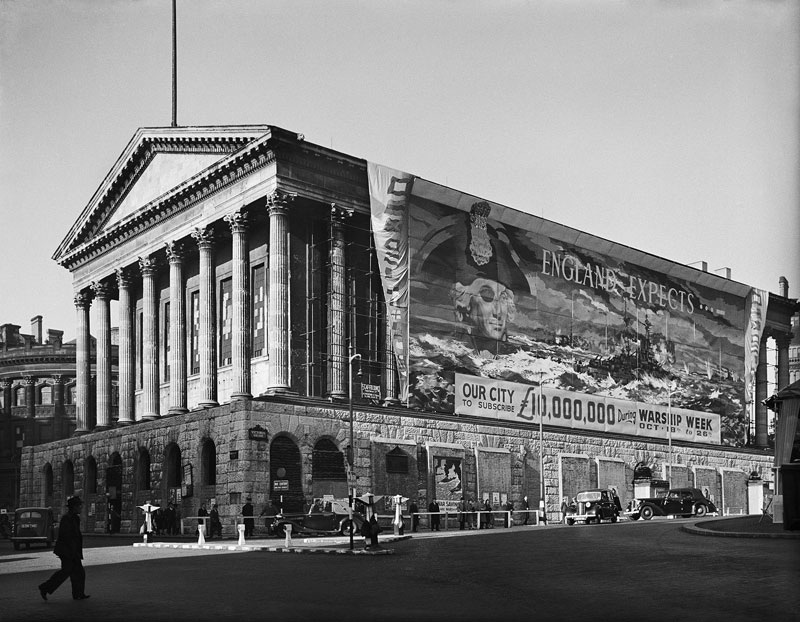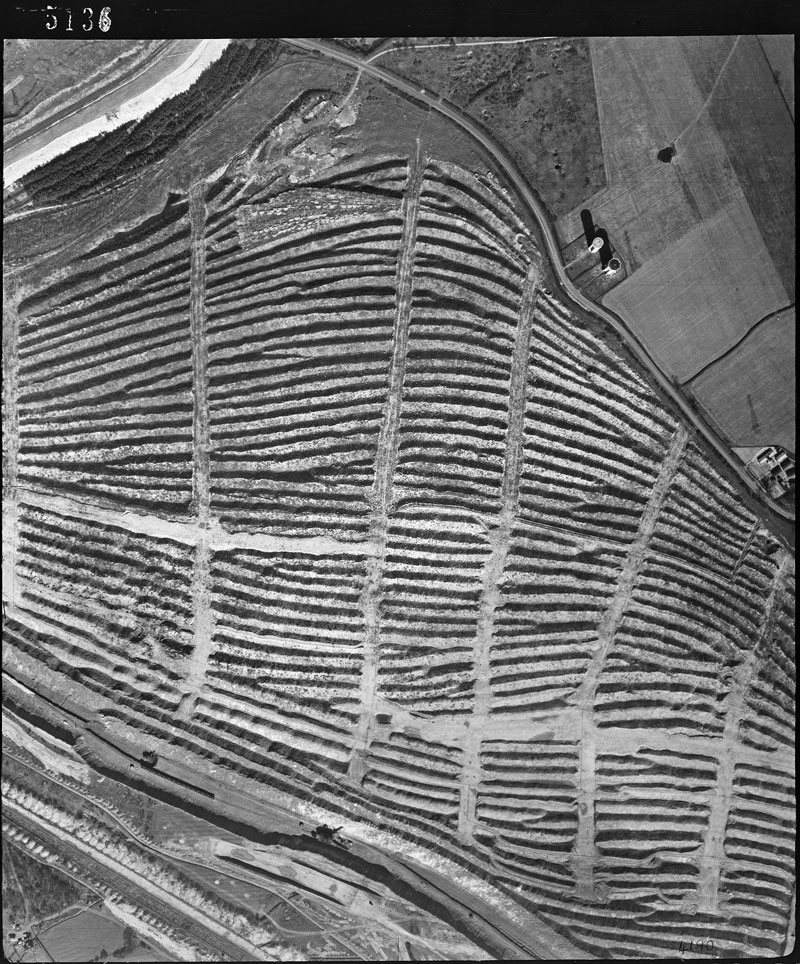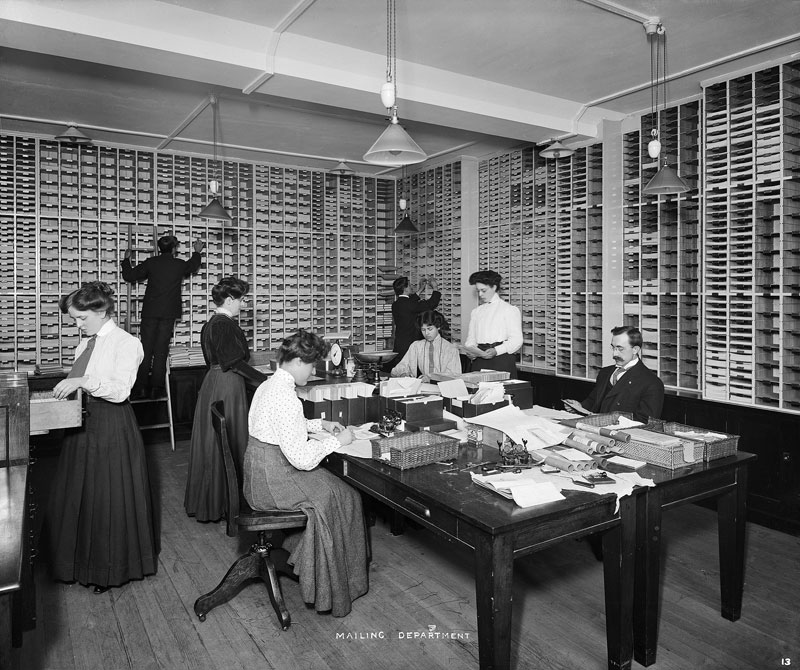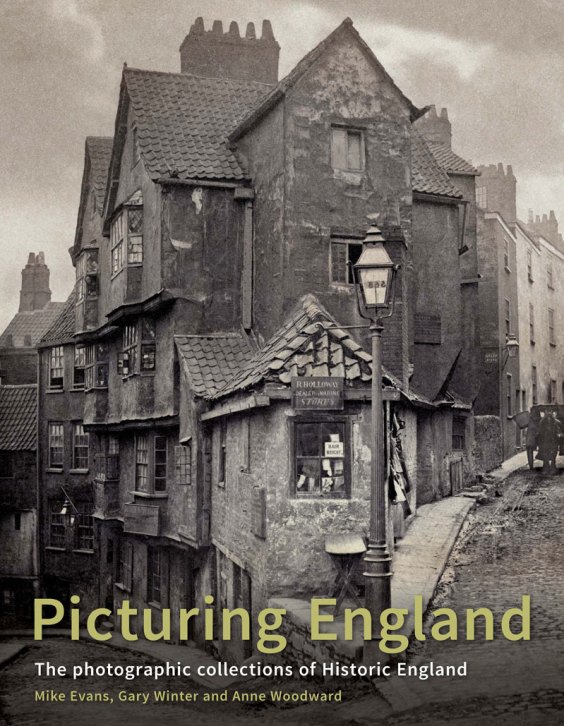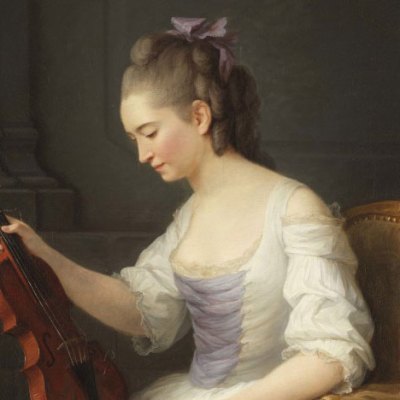Since the invention of photography, artists and amateurs have turned their lenses towards England – its landscape, its people, and its heritage. An extraordinary 9 million of the resulting images have ended up in Historic England’s archive. The new publication Picturing England draws out some 300 highlights from the collection, to offer a sweeping overview of 150 years of the country’s history. We asked Mike Evans – the head of the archive and one of the book’s authors – to pick out some of the best among them
Staircase in the pithead baths, Betteshanger Colliery, Northbourne, Kent c. 1934
Herbert Felton, silver gelatin glass plate negative CC47/00555
Herbert Felton is an under-appreciated figure – a professional photographer who could turn his hand to a number of styles, but whose architectural photography showed what Sir John Summerson called ‘an incorrigible preference for picturesque views’. Felton was a friend of Frederick Evans, and here he combines a modernist subject and elements of the new architectural photography with an unmistakeable homage to Evans’s famous A sea of steps.
St Paul’s Cathedral from Southwark Bridge, City of London 1855–9
Possibly by Alfred Rosling, albumen print, RSL01/01/01
We have attributed this lovely image to the pioneering amateur Alfred Rosling primarily because it is virtually identical to a calotype taken by Rosling in 1854. Whoever took the photograph, it is an unforgettable view of the London of Charles Dickens – and evidence of how far photography had come in under 20 years.
Consett Steel Works, County Durham
Eric de Marē, cellulose acetate negative FF98/00247
De Mare helped to change the way we see and value our architectural inheritance. His eloquent images of the industrial and commercial structures of the 19th and 20th centuries made the case for their importance and grandeur as effectively as any written polemic. He usually worked in black and white, but here he uses colour stock to capture Consett Steel Works in their prime.
Birmingham Town Hall, Victoria Square, Birmingham, 1941
George Bernard Mason, Silver gelatin glass plate negative AA42/00745
The National Buildings Record was founded in 1941 to create a visual record of the nation’s architectural heritage. Against all the odds and wartime stringencies it succeeded, and by the end of the war contained 250,000 images from across the country. G.B. Mason was a craftsman and pre-war amateur photographer who worked for the Record through the war and beyond, and his unshowy persistence and competence seem to me to exemplify the NBR’s achievement.
Ironstone workings, Corby, 25 March 1948
Royal Air Force, cellulose acetate negative, RAF_CPE_UK2535_V_5136
In the 1930s Paul Nash famously made the connection between abstraction and the view from above, inspired by O.G.S. Crawford’s aerial photographs of antiquities. In this image the patterns are not created by prehistoric societies but by opencast ironstone quarrying east of Corby – the lines snaking across the plate are the overburden removed to gain access to the ironstone beds. This negative is part of a comprehensive survey of the whole of England from the air, taken by the RAF in the years immediately after the Second World War, which is one of the great treasures of our Archive.
International Correspondence Schools, International Buildings, Kingsway, London, April 1909
Harry Bedford Lemere, silver gelatin glass plate BL20520/013
Bedford Lemere & Co was the first firm of professional architectural photographers in the country, and for many years dominated the market. The 21,000 glass negatives we hold in the Historic England Archive are an inexhaustible source of pleasure, full of vivid details of street and working life in late Victorian and Edwardian England. Here the staff of the mailing department of the International Correspondence Schools are captured amidst an impressive display of the latest filing and mailing technology.
Tracking radar array, RAF Fylingdales, Snod Hill, North Yorkshire, 24 September 1992
Roger Thomas, RCHME, cellulose acetate negative, AA92/04492
The archives of the Royal Commission on the Historical Monument of England are rich in examples of buildings photographed before they were demolished or radically altered. Few however have the macabre beauty of this view from inside one of the Fylingdales ‘golf balls’, taken shortly before its demolition as part of a project to document the physical evidence of the Cold War.
Picturing England: The Photographic Collections of Historic England by Mike Evans, Gary Winter and Anne Woodward is out now (Historic England, £45)
Related Articles
New Horizons: British art and flight (Maggie Gray)
Review: ‘Ordinary Beauty: The Photography of Edwin Smith’ at RIBA (Owen Hopkins)
Photo London Preview (Fatema Ahmed)




